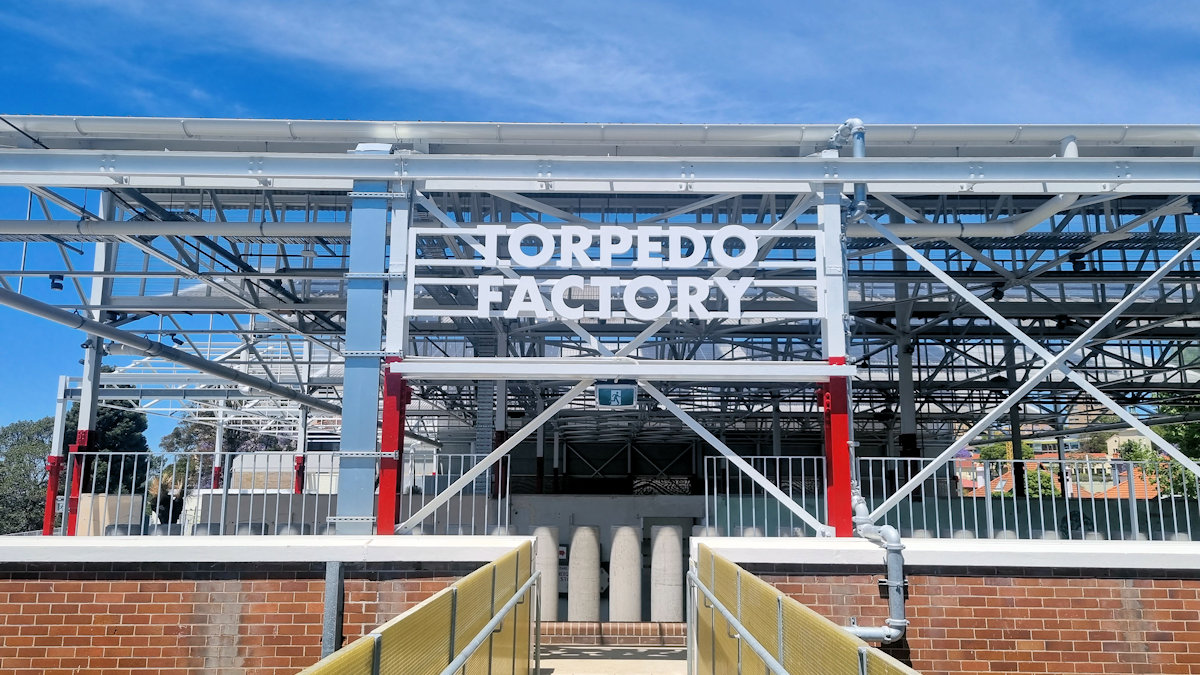Category: Ships
-
Sydney Heritage Fleet
Sydney Heritage Fleet Founded in 1965 as the “The Lady Hopetoun and Port Jackson Marine Steam Museum”, the Sydney Heritage Fleet operates 10 large and 55 small heritage vessels. Its 450 active volunteer workers conserve Australia’s maritime past, while preserving traditional technical methods and skills. Three (as of August 2024) vessels are currently being restored,… Read more
-
Australian National Maritime Museum

Australian National Maritime Museum Covering Australia’s maritime history from pre-colonial times to the present, the Australian National Maritime Museum in Sydney has an excellent collection of ships and artefacts on display. The most obvious displays are the ships and boats of the heritage fleet docked on Darling Harbour, but those inside also deserve a lot… Read more
-
Sub Base Platypus Torpedo Factory

Sub Base Platypus Torpedo Factory Opened in September 2023, the Torpedo Factory at Sub Base Platypus is an excellent addition to this heritage site. Managed by the Harbour Trust, the old factory was partially demolished and revitalised as an open public space. Getting There We used public transport, getting the train to Milsons Point Station… Read more